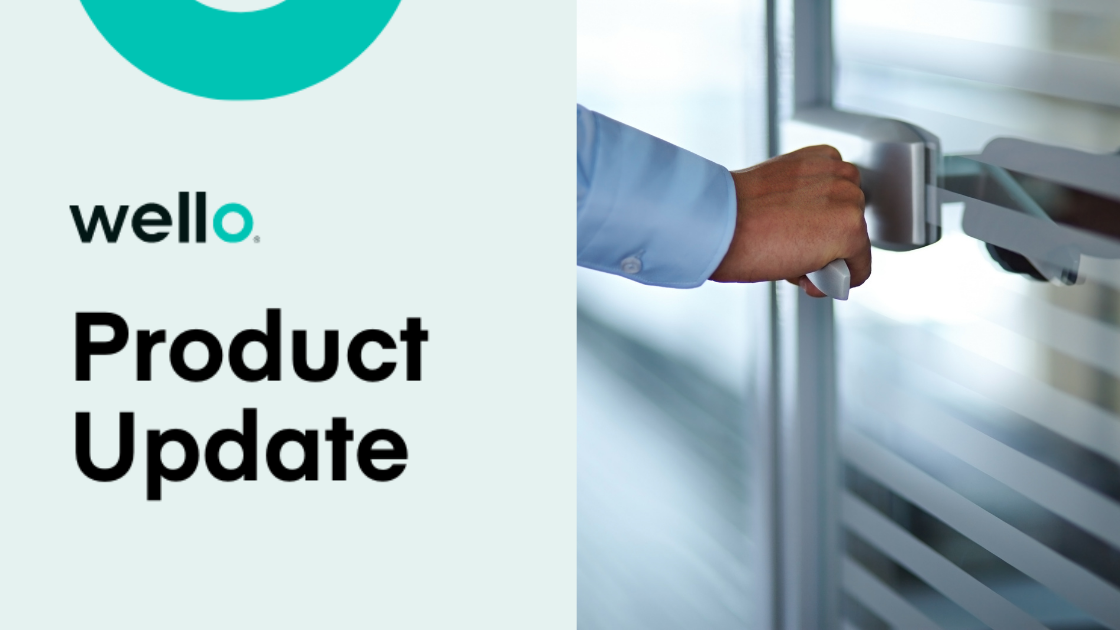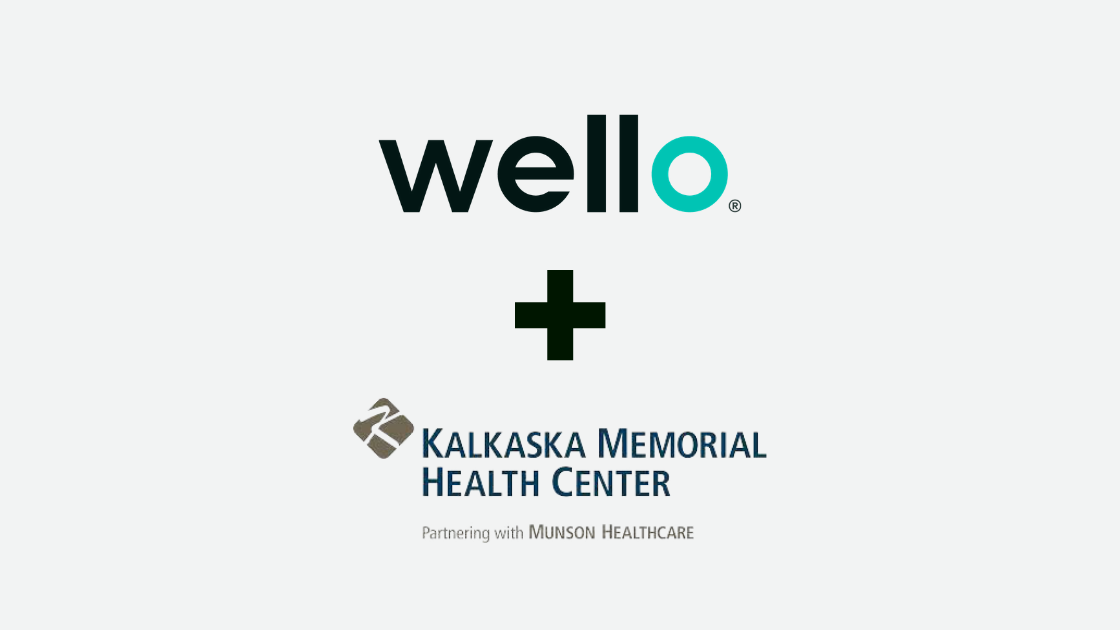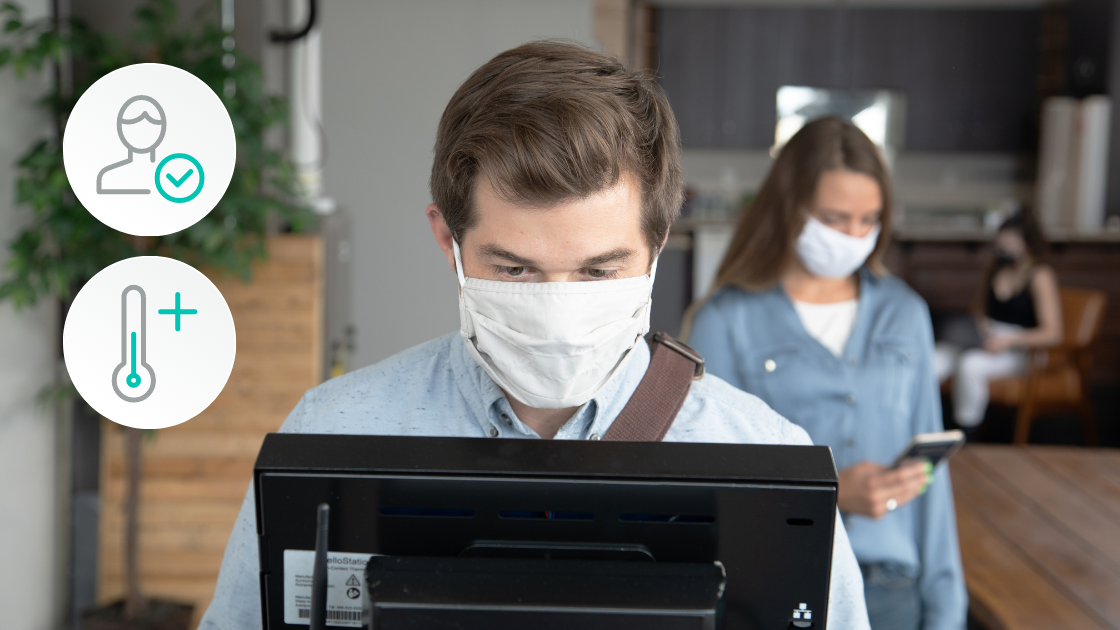Today’s business leaders face a tricky challenge: as Covid-19 vaccination rates increase and government regulations lift, how can they bring more people into their facility while keeping everyone safe and healthy? And moreover is it possible to do this in a way that is both efficient and effective?
Since 2014, Wello has had the same mission: To stop the spread of contagious illness and set a new standard in employee health and safety. In 2018, after extensive research and development with clinical testing, the FDA cleared Wello to market the welloStationX as a clinical electronic thermometer, the first and only automated station in this category.
Customers working with Wello before and during the Covid-19 pandemic attribute a part of their success in keeping operations running to their health screening programs, and now look to integrate these programs deeper into their facilities. In our latest product update, Wello adds door access features to its flagship welloStationX, improving the effectiveness and compliance of health and safety programs without the need for a security or medical professional at every entrance.
Cleared to enter
Initially the welloStationX offered a simple form of access control—the Wello badge. For anyone who passed required symptom screening and scanned within the organization’s temperature threshold (Wello recommends 99.5), the station prints out a sticker with the date and image of the person scanning.
Now, Wello adds the option for a more streamlined approach. Administrators can configure entry doors to only unlock once a person has met the criteria defined by an organization, including symptom screening questions, employee information, and of course, an accurate temperature measurement.
Added value for the future
The new door relay functionality with welloStationX provides an added layer of protection against people entering the facility without passing a proper temperature and health screening. It’s a clear shift from pandemic-reactive procedures to ongoing outbreak prevention programs.
“This is no longer about getting essential workers back to work as safely and as quickly as possible. This is about preventing outbreaks in our customers’ facilities for the long term. This isn’t ‘re-open’, it’s ‘never close’.” – Rik Heller, CEO of Wello
Additionally, it frees up staff from having to monitor entry to ensure everyone screens. This is a cost savings and reduces the risk of the “monitor” accidentally missing someone entering.
Reach out to a Wello representative to learn more about how to implement these new features at your facility.


